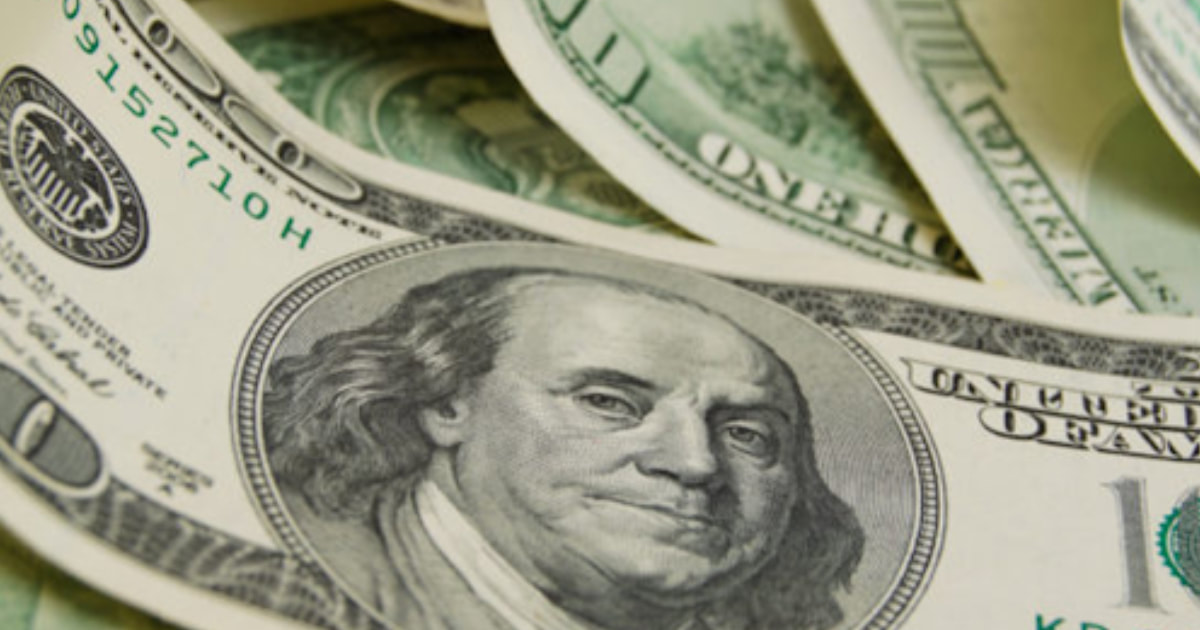|
By Ron Paul
Federal Reserve Chairman Jerome Powell recently announced that the Fed is abandoning “inflation targeting” where the Fed aims to maintain a price inflation rate of up to two percent. Instead, the Fed will allow inflation to remain above two percent to balance out periods of lower inflation. Powell’s announcement is not a radical shift in policy. It is an acknowledgment that the Fed is unlikely to reverse course and stop increasing the money supply anytime soon. Following the 2008 market meltdown, the Fed embarked on an unprecedented money-creation binge. The result was historically low interest rates and an explosion of debt. Today total household debt and business debt are each over 16 trillion dollars. Of course, the biggest debtor is the federal government. The explosion of debt puts pressure on the Fed to keep increasing the money supply in order to maintain low interest rates. An increase in rates to anything close to what they would be in a free market could make it impossible for consumers, businesses, and (especially) the federal government to manage their debt. This would create a major economic crisis. The Fed has also dramatically expanded its balance sheet since 2008 via multiple rounds of “quantitative easing.” According to Bloomberg, the Fed is now the world’s largest investor and holds about one-third of all bonds backed by US home mortgages. Congress has expanded the Fed’s portfolio by giving the central bank authority to make trillions of dollars of payments to business as well as to state and local governments in order to help the economy recover from the unnecessary and destructive lockdowns. Contrary to what most “mainstream” economists claim, a general increase in prices is an effect — not a cause — of inflation. Inflation occurs whenever the central bank creates money. Increasing the money supply lowers interest rates, which are the price of money, distorting the market and creating a bubble (or bubbles) that provides the illusion of prosperity. The illusion lasts until the inevitable crash. Since the distortions come from money creation, the system cannot be “fixed” by just requiring the Fed to adopt a “rules-based” monetary policy. Once the lockdowns end, the Fed’s actions may lead to a short-term boom. However, the long-term effect will be even more debt, continued erosion of the average American’s standard of living, and the collapse of the fiat money system and the welfare-warfare state. The crisis will likely be brought on by a rejection of the dollar’s reserve currency status. This will be supported both by concerns about the stability of the US economy and resentment over America’s hyper-interventionist foreign policy. The question is not if the current system will end. The question is how it will end. If the end comes via a meltdown, the result will likely be chaos, violence, and increased support for authoritarian movements as desperate people trade their few remaining liberties in hopes of gaining security. However, if pro-liberty Americans are able to force Congress to begin cutting spending — starting with the money wasted on militarism — and to move toward restoring a sound and sane monetary policy that includes ending the Federal Reserve, we can minimize an economic crisis and begin restoring limited constitutional government, a free-market economy, and respect for liberty. Comments are closed.
|
Archives
July 2024
|


 RSS Feed
RSS Feed



